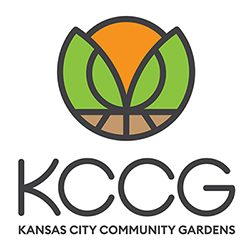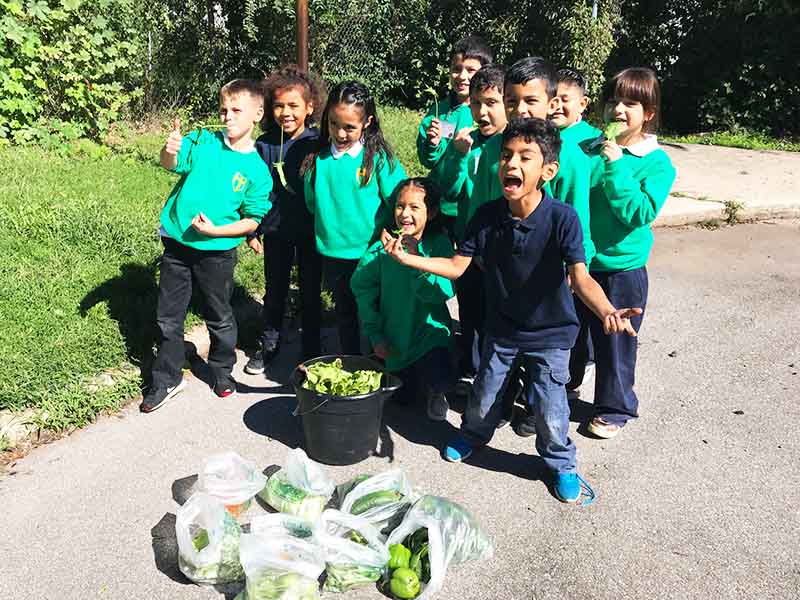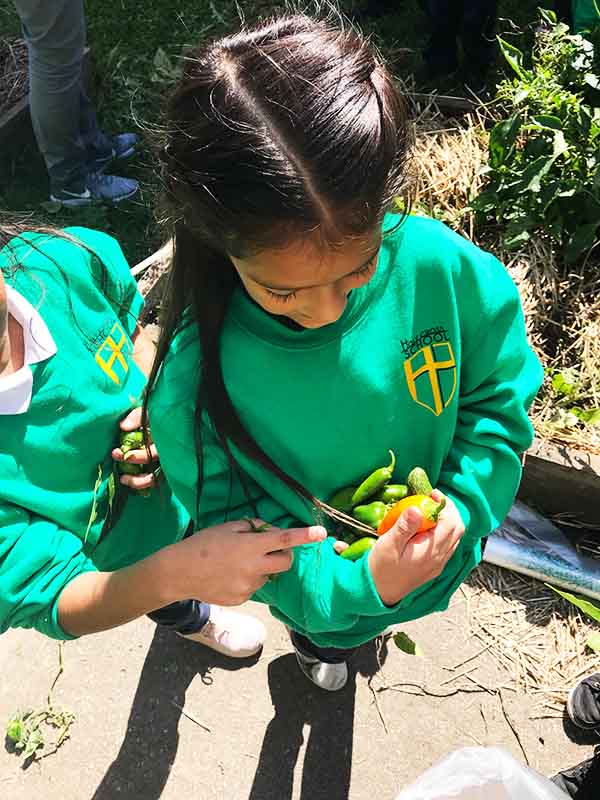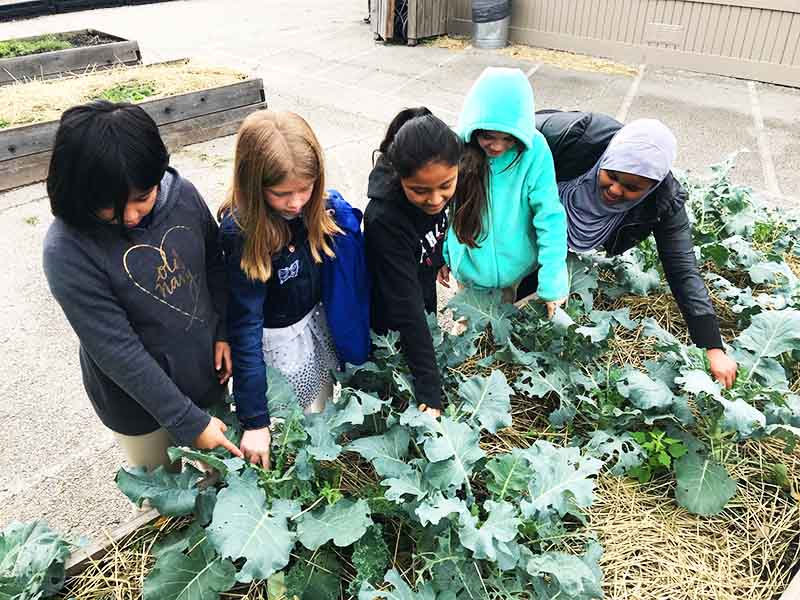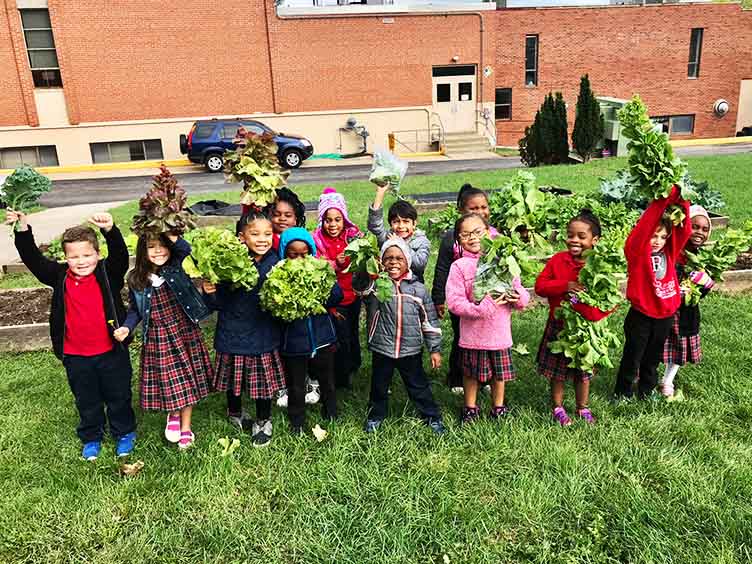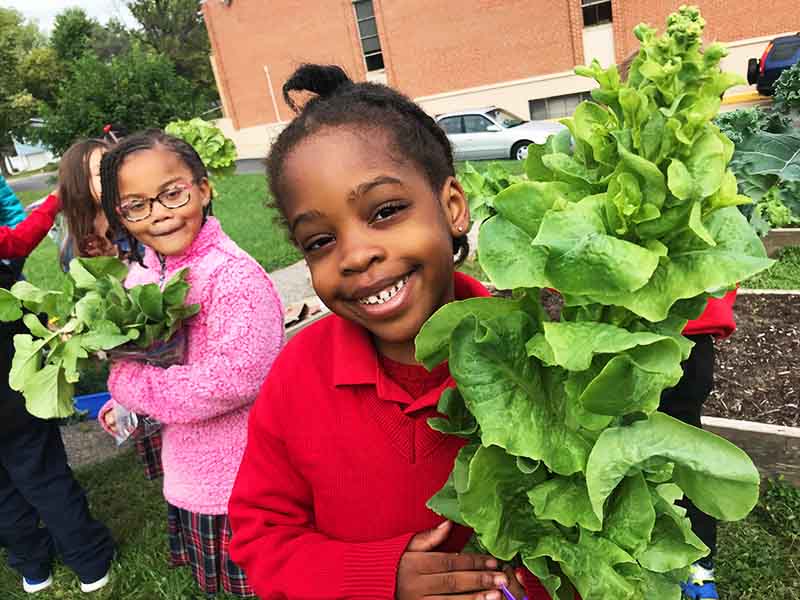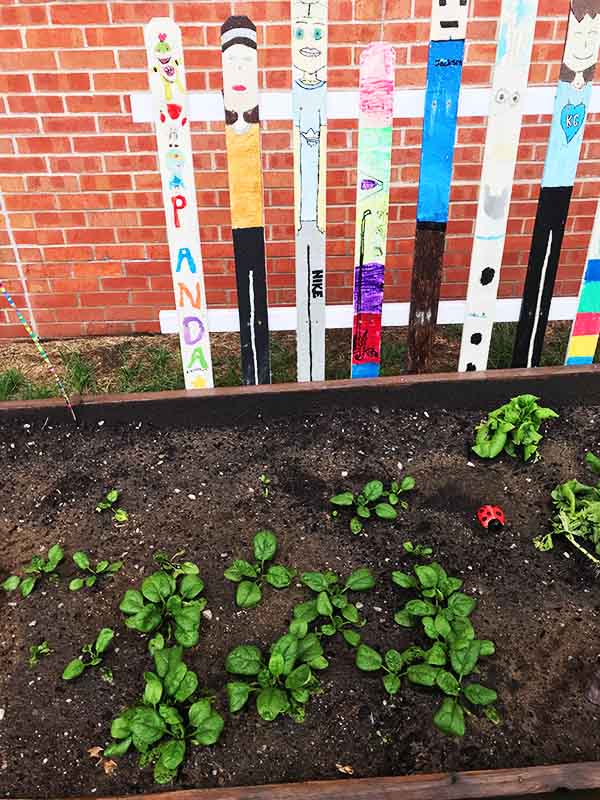Chilly weather greetings from the SYG office! It’s hard to believe it but we are expecting the first frost of the year this evening.
This means that fall gardening season is winding down. It is time to get the last of your tomatoes (even green tomatoes!) and peppers harvested, and dig up your sweet potatoes.
Not sure what to do with all of those beautiful green tomatoes? Search on Pinterest for “green tomato recipes” and find tips for ripening green tomatoes indoors, recipes for salsa verde, grilled green tomatoes, pickled green tomatoes, savory green tomato muffins and more!
To harvest your sweet potatoes, use a garden fork to loosen the soil around the plants so that it is easier to dig up the potatoes. Turn the soil over and dig down deep in the garden to find ALL of the hidden sweet potatoes.
More tips on fall harvesting:
Beets: You can harvest and eat the green tops that you thin out of the rows. Beets are really a matter of personal preference when it comes to the right size for harvesting. They are ready any time after you see the beets shoulders protruding at the soil line.
Broccoli: We eat the unopened flower buds of broccoli, so check frequently, especially as the weather warms up, to ensure you don’t let the flower heads bloom. Don’t expect your home grown broccoli to get to the size of supermarket heads. Harvest when the buds are about the size of a match head. Use a knife to cut below the main crown to harvest. Once the central crown is harvested, smaller broccoli spears will grow as side shoots.
Carrots: Carrots can be hard to judge. The tops of the carrot will show at the soil line and you can gauge when the diameter looks right for your variety. If the diameter looks good, chances are the length is fine too. But you will need to pull one to be certain. Carrots can be left in the ground once mature. A light frost is said to improve and sweeten the carrot’s flavor.
Collard Greens: As with leaf lettuce, cut the large outer leaves at the base of the stem—being careful not to cut new growth—and allow the center to continue growing.
Kale: Kale leaves can be harvested throughout the season. They should be a deep green with a firm, sturdy texture. Kale flavor is best in cooler weather. Harvest the largest outer leaves on a plant by simply grabbing a hold of the stem and pulling down.
Lettuce, Head: Harvest once the head feels full and firm with a gentle squeeze. Hot weather will cause it to bolt or go to seed rather than filling out. Pull the entire head out.
Lettuce, Leaf: Harvest the outer leaves one the plant has reached about 4 inches in height. Allow the younger, inner leaves to grow. Leaf lettuce can be harvested until temperatures warm up and it starts to taste bitter or bolt.
Radishes: Radishes mature quickly. You will see the shoulders of the bulbs popping out of the soil line. If left too long, they will become tough and eventually go to seed.
Swiss Chard: As with leaf lettuce, cut the large outer leaves at the base of the stem—being careful not to cut new growth—and allow the center to continue growing.
Spinach: Spinach goes to seed quickly. Harvest by cutting at the soil line before you see a flower stalk beginning to shoot up.
Sweet Potatoes: Dig sweet potatoes before the first frost. Dig one or two potatoes to check the size. Start digging from the outside perimeter and move in cautiously to avoid slicing into potatoes.
Turnips: The turnip shoulders should be about 2 inches in diameter at the soil line, when ready. Harvest once they reach maturity. Over ripe turnips become woody.
Enjoy your fall harvest and as always, let us know what we can do to help your garden grow!

